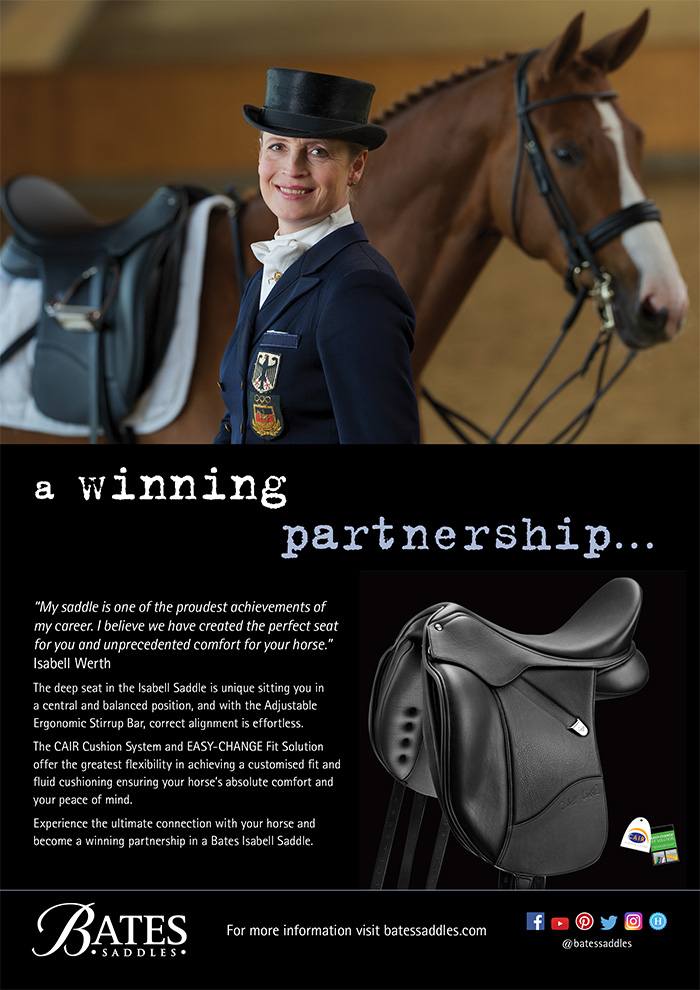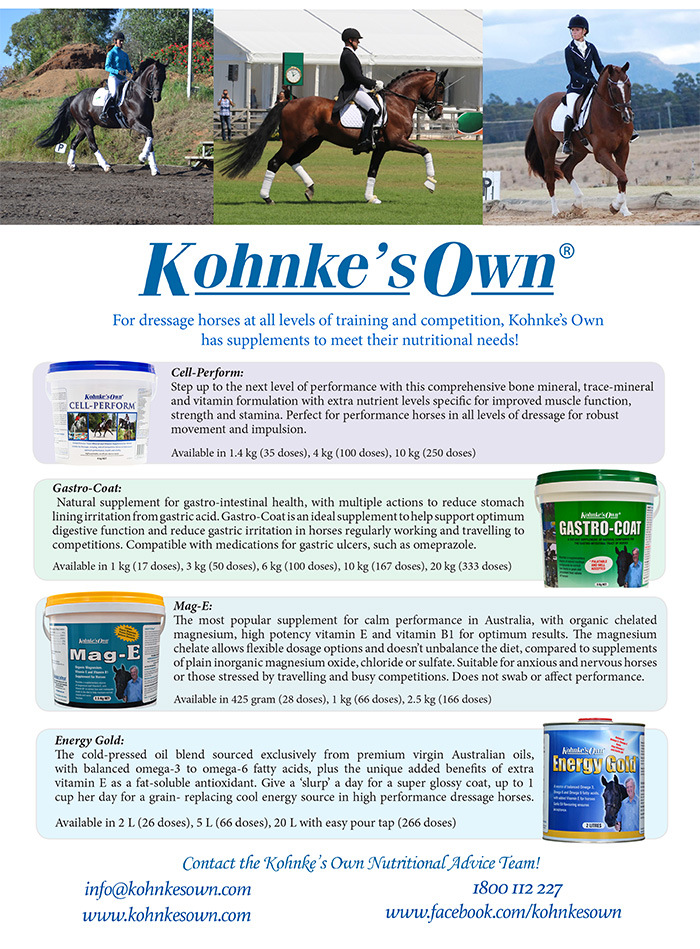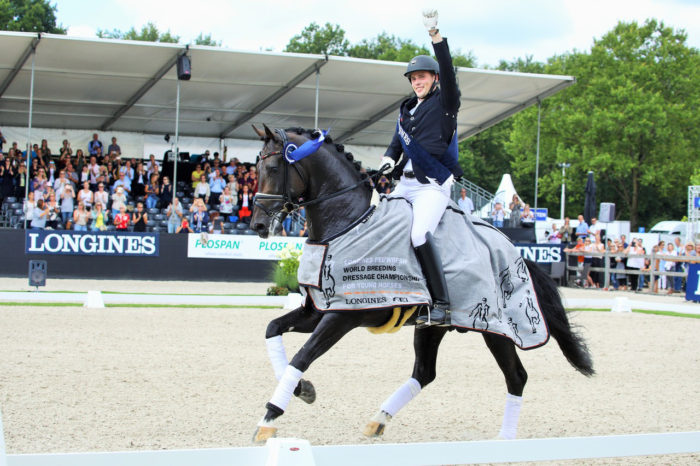Story – Chris Hector Photos – Roz Neave

When Klaus and Judith Balkenhol asked if I could arrange for a clinic in Australia for their bereiter, Stefan Wolff, I said of course!
I was sure that the young man would be steeped in the German Principles and that he would be a very good rider and an excellent trainer. What I could not predict was that he is also an amazingly gifted teacher – even in a language that is not his first.
Stefan has that rare ability to ‘read’ both horse and rider, focussing on a major theme for each lesson, and never over-loading the rider with information. He was invariably quiet, encouraging and positive – even with riders who were not superstars on less experienced horses, he taught to the max. AND you could actually see the difference in each and every horses Stefan worked with. Brilliant.
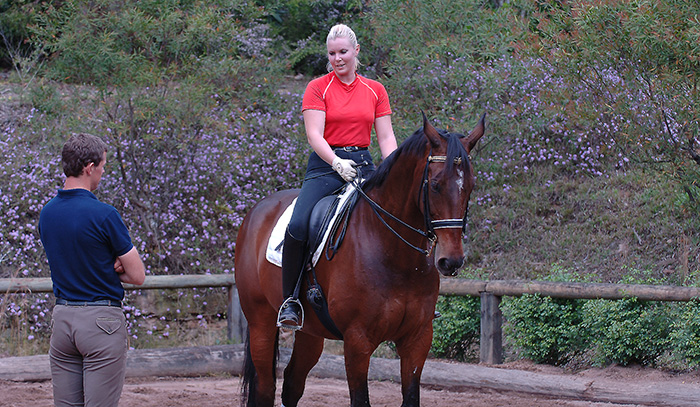
The first rider I saw work with Stefan in the gracious surrounds of Clemens and Judy Dierks’ Training Stables, was one of Judy’s pupils, 23-year-old Emma Weinert on her 8-year-old gelding, Northern Darius, the pair are just about to take the plunge into FEI classes…
Before the lesson, Emma felt that her major problem was that the horse tended to get a little heavy in her hands.
The minute Emma started riding, Stefan was into one of the main themes of his clinic – more forward.
more follows

“Think more of working canter, don’t let the movement get slow and unnatural, make it a little more dynamic – there, let go.”
It was a refrain we were to return to – even in passage, Stefan would be asking for something more like a working rhythm…

Like all the serious German trainers, Stefan is a stickler for rider position: “Shoulders back a little, lean back a little, no tension in your body – don’t use muscles to stay on – balance. Think of your spine as a little wooden stick that has to balance on the saddle. Relax and sit straight – now ask for more from behind. Just follow him and allow him to move – that’s a totally different trot…”
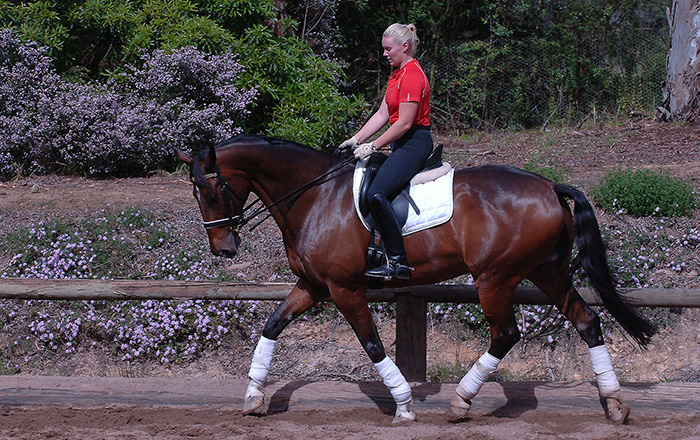
And indeed it was. Forward, free, regular, nice.
Later I remarked to Stefan how amazing it was that he should seem so comfortable teaching in English, is that something you learn working at Mr Balkenhol’s training centre.
“I do teach here and there in English, but of course we talk a lot in English with the clients. We have all year round American clients, and most of them don’t talk German – so you are talking all the time in English and you get pretty well used to that.”
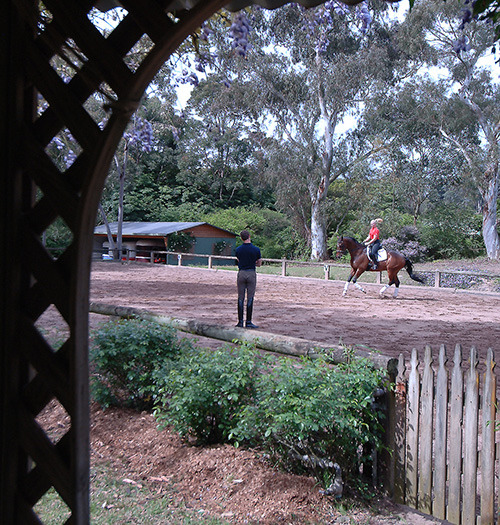
Then we came to the heart of the lesson, for indeed the session turned out to be an extended riff on the second (first according to Dr Klimke’s version of the scale) of the German principles – Losgelassenheit. This German word does not comfortably translate into English – often it is rendered as ‘submission’ but it is not really that. It is more that the horse relaxes its body and allows the rider’s aids to flow through and positively influence the way the horse is going.
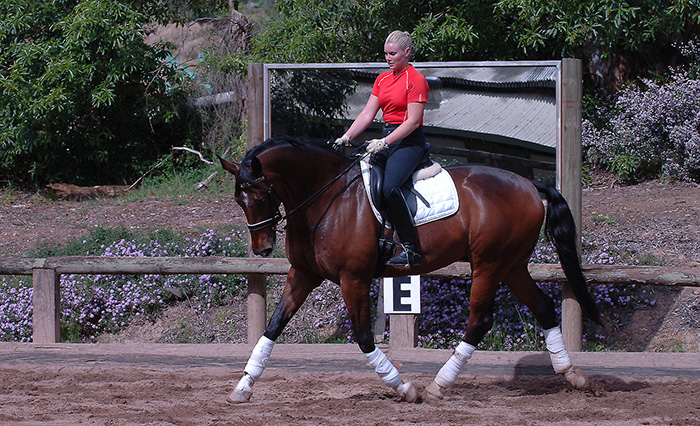
And that is just what Stefan was trying to get Emma to do…
“Even when you are warming up in a long frame, think about him coming behind the vertical. Always be working on self-carriage. If he is getting too strong in the hand, soften him.”
“You must get him supple through the neck. Bend him, but don’t try to do everything at once. Start with the mouth, get each little bit of his body soft and move on. Don’t force yourself to pull the horse, just feel where he is stiff, search for the tension in his neck and work on it.”
next Stefan talks about bending and how to use it
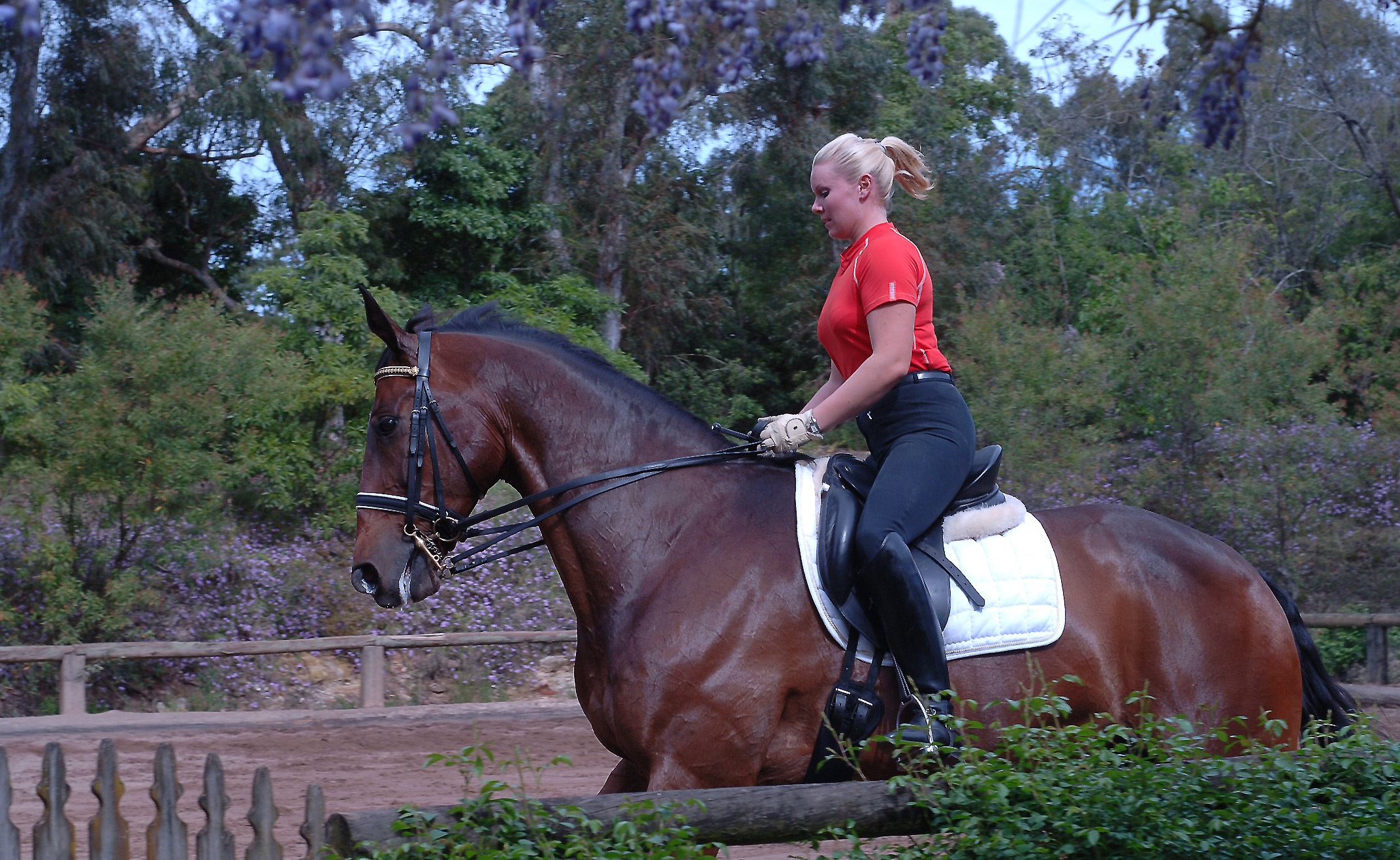
“Take your time to get the bending – it’s a big muscle you are working with. Feel where he is stiff and try to get that part soft.”
But, of course, the art is to keep that suppleness AND actually ask the horse to do something and even a walk to trot transition can see all that suppleness disappear…
“Don’t forget everything in the transition, if he starts to pull on the reins, don’t trot, get him soft, get him supple, then ask for the trot. Allow him to go, but keep him supple in the neck. It should not be good luck that he gives in the transition, you must be confident that he stays relaxed every time. And it is the same in the transition to walk, get him supple, then the transition to walk.”
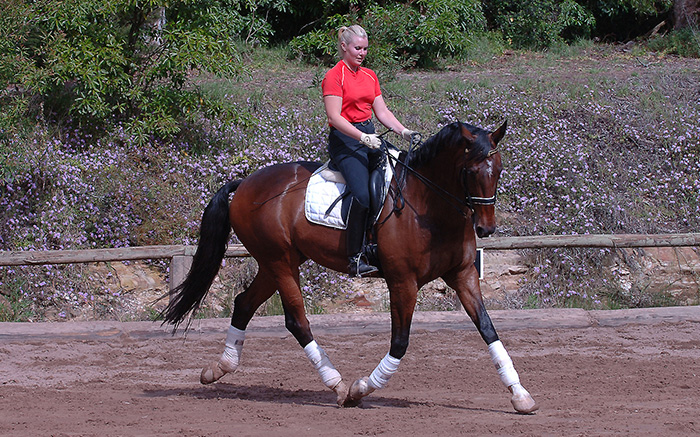
“Try to get the biggest, ground covering trot you can, without losing the suppleness – if he starts to go against you, get the suppleness back, then just ask as much as you can without losing the suppleness.”
“Make him a little lower in the neck. Hold until he gives, then give. Try to get a quicker result – otherwise he goes round and round and he gets tired and it is harder to make the muscles soft. If you do everything right, the horse will follow you.”
And sure enough, Emma confesses: “I lock against him, and he locks against me.”
And of course, there is no magic solution:
“It seems a little boring. Trot / walk but this is one of the most useful exercises. You have to get it perfect.”
“You just have to keep softening down, up again. We’re working on the quality of the suppleness. Through impulsion, rhythm, ground covering – then you get suppleness.”
“If he’s shying or fresh, take him lower so you’re safer with the aids and he concentrates on you.”
“Don’t pat him right now or you’ll lose him, he’s soft that’s his reward. I would like to pat him too – but don’t do it right now.”
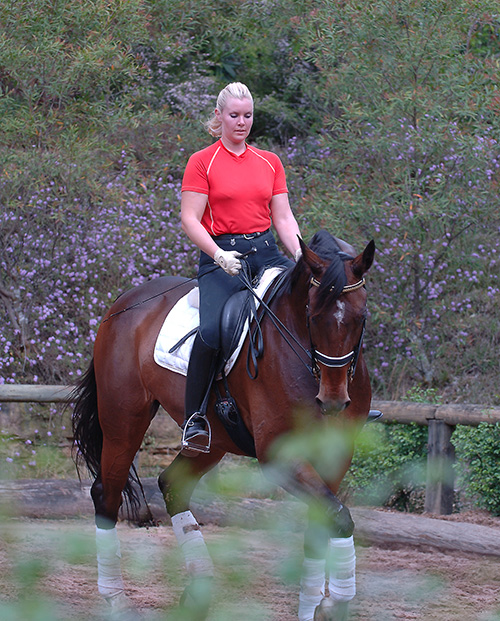
Just as when Emma went to move from walk to trot, Darius put the locks on, the same reaction occurs when the canter transition enters the picture, and the solution is still the same:
“First get him soft. Start with the mouth and work up THEN shorten the reins but if he starts to rush off when you do that, bring him back. Make him wait for you. Keep bringing him back in the walk until he gets more supple and relaxed, then when you get a nice moment, canter.”
Sure enough, Emma produces a super canter depart. But Stefan is not happy with the quality of the canter:
“Every time you touch his body with your leg, you must have a response. Every jump of the canter, touch his body and ask for a little more. It is a little conversation between your leg and his body.”
Guess what? It’s the same formula for the downwards transition: “Bend him a little to the outside. Prepare, get the suppleness, don’t slow down, just make him supple – and just walk.”
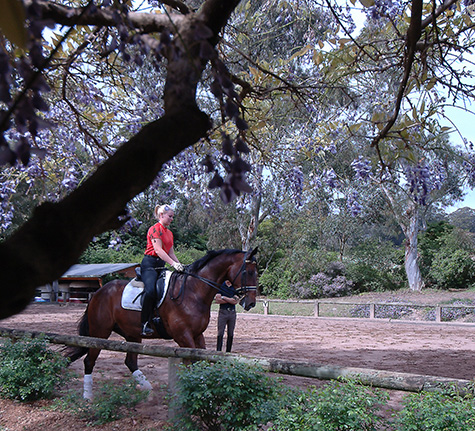
“You just have to work it through. You’ve got the right ideas, just work it through until you get the result. Don’t touch the horse and not get a result, and if you touch him with the whip, and the switches his tail, that’s not a proper response. Bend him to the inside, wait there until you can really feel where he is strong, and make him give.”
Emma: “That feels better, much better…”
“Okay, when it feels better then you ask for more behind. When you feel that good supple feeling, then ask for a bit more ground covering. Make sure that the contact is light with just the weight of the reins in his mouth, not that he carries your arms. As soon as you feel him run off, half halt, bend him with a light hand, with the lightest contact you can have.”
“If the horse gets too slow, make him take bigger steps, and the whole body gets softer. Get him deeper, give him the time to relax through the whole neck, to relax the top line muscles, and keep that softness and suppleness through everything you do…”
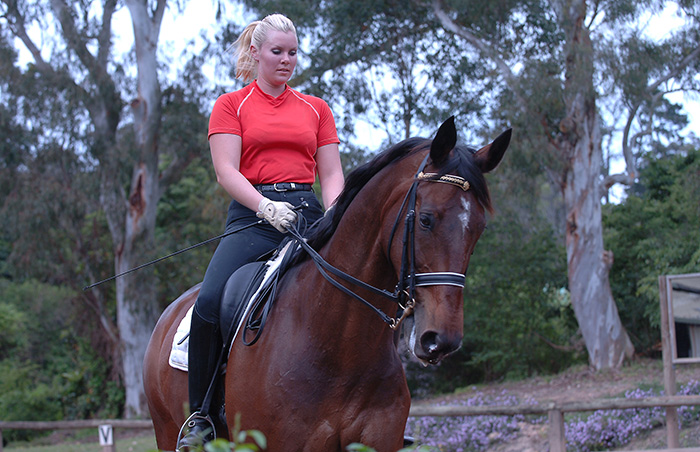
Again, later I remark to Stefan that: Almost all the horses you have worked with, and all the riders, you’ve wanted them a little longer in the neck, a little more out in the nose, and always the contact – lighter, lighter, lighter?
“That’s a problem you can see everywhere because it is one of the hardest problems: to collect a horse and get it more together, better on the aids, but not force them together, pulling on the reins and pushing from behind, so you get a tense back. That’s the problem you see very often. What we want to see is that the horses close themselves with a swinging back, so that the top line is carrying but staying loose and relaxed. So that the horse stays on your seat, by himself, and you can give the rein, and the horse stays there – that makes the ride comfortable.”
This is very much part of the way Mr Balkenhol trains?
“Absolutely. I think he is known as a trainer who always tries to make it the most comfortable way for the horse and the rider to work. He doesn’t accept any tension. There is a way that makes it possible to get everything you want in dressage – even the highest collection – without tension or holding the rein. That is what he is teaching and I think that’s what his name stands for: that you can ride a horse and do all the movements without pushing the horse too much and without torturing the horse with too much pressure. It all works because you get the horse’s body in a form, and you train the body and all the movements are a result of the gymnastics on the body.”
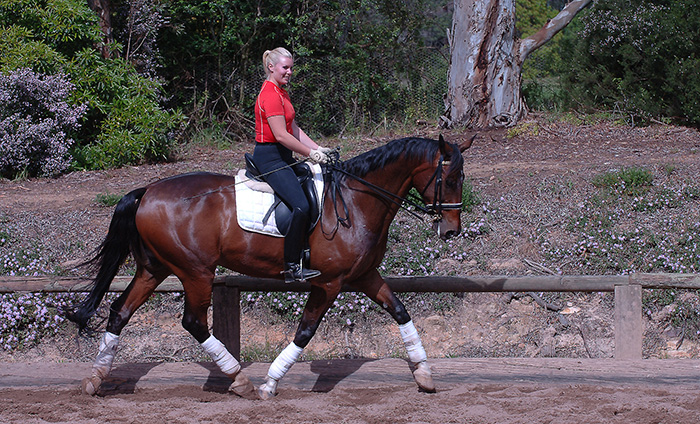
It had been a wonderful lesson, as Emma’s horse stretched and accepted the aids, as he became more supple and expansive, the quality of the paces was transformed. It was one happy rider who finished her lesson in the time honoured way:
“Now rising trot, long and deep, longer and deeper, really stretch, allow, allow… enough.”
Thank you Stefan.
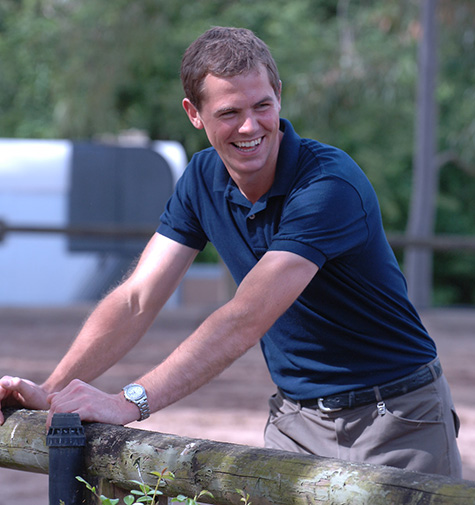
Next we meet Emma
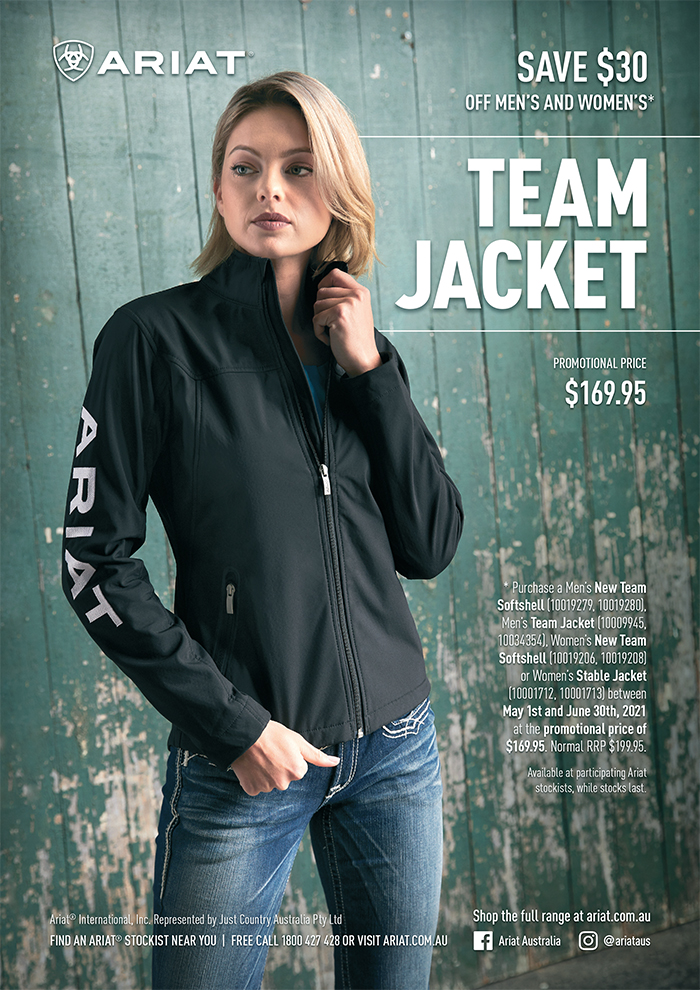
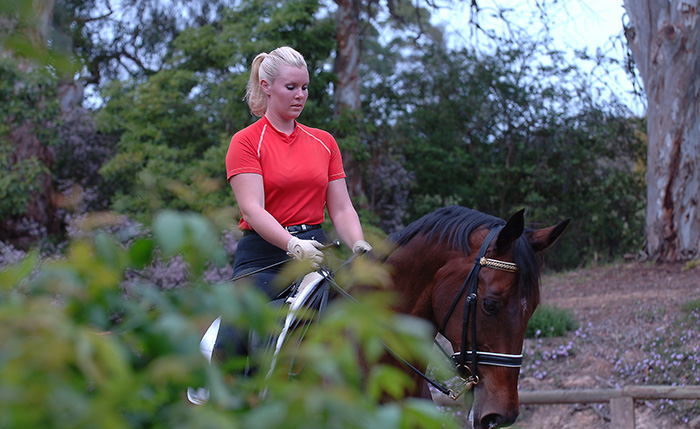
Emma Weinert
“I guess the lesson was all about throughness and suppleness and lightness – because I lock against him and he locks against me…”
But Stefan’s solutions are breath-takingly simple…
“Oh yes, super simple, just repetitive, stay with it, stay with the aids. And it worked – it was great.”
Did it feel very different – certainly your horse looked very different even at the end of the first session?
“A lot different, a lot more forward than I usually take him. I usually end up bringing him up and back, Stefan was sending me forward, and suppling him inside… but waiting. I tend to throw it away – I take him and I let it go too soon. Whereas Stefan had me waiting for him to supple. It was pretty much the opposite to what I do at home. I bring him back and up to try and get a bit of lightness, but then I’ve got nothing in the rein – but Stefan is all the time trying to get that perfect contact.”
It was interesting, every time Stefan would ask for a new exercise, you’d think, ‘make it happen’ and the horse would stiffen and you’d lose it again…
“I worry too much, I get stiff, and my whole body gets stiff, and I lock against him. I have to relax and flow with him. As soon as Stefan says it, I can do it, it’s just a mental thing. I go, what am I doing now, and I lock up. Stefan gets you to take a deep breath, relax and just flow in with him – then it is fine.”
It was a nice concept, the concept of your back being a stick balanced on the saddle?
“Yeah, it really helped to centre me. I do get forward on the horse, I get a bit tentative and lean forward, whereas, when I sit up and let him take me, he just softened up so much under me. He helped so much in the canter, getting him faster and more dynamic… it was really good.”
Update on Emma – she’s on her way home to Australia:
this is from Emma’s facebook page
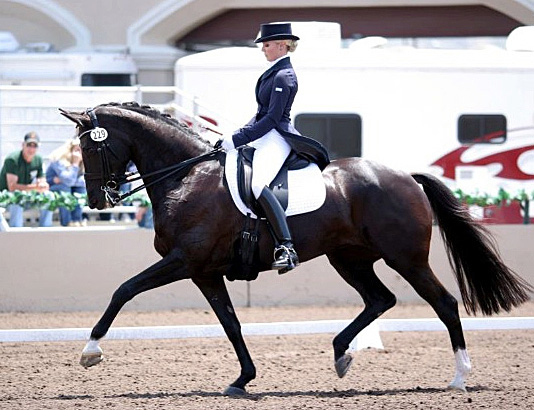
Photo – Kenneth Braddick dressage-news
Want to breed to the Young Horse Champion, Zucchero Gold? Contact www.ihb.com.au, but be quick, supplies are limited and the stallion has died…
This article first appeared in our December 2006 magazine. Since then, Emma has spent most of her time training with another Stefan, Steffen Peters in the United States, you can catch up with Emma by clicking below…
How I learned to saddle-up with my nerves and become a better competitor


